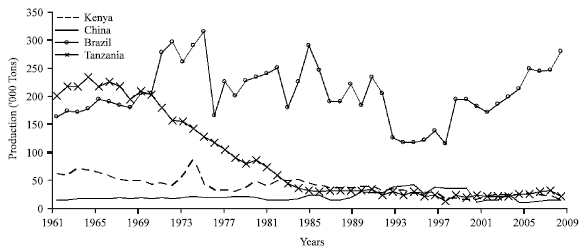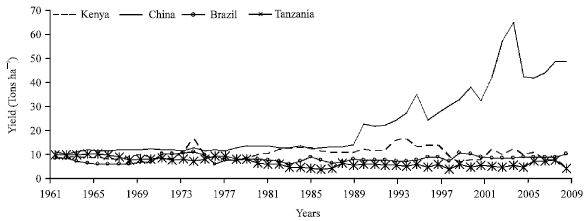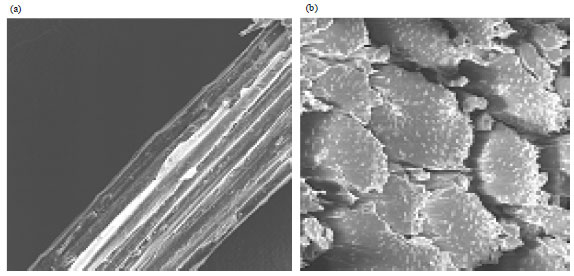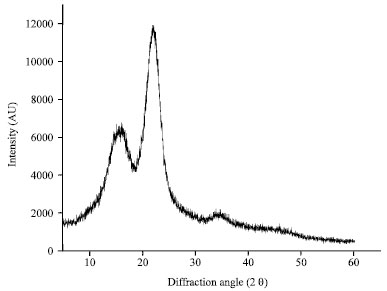Research Article
Production and Characterization of Kenyan Sisal
College of Textiles, Donghua University, Shanghai, China
Chongwen Yu
College of Textiles, Donghua University, Shanghai, China
Josphat Igadwa Mwasiagi
College of Textiles, Donghua University, Shanghai, China
Nobert Muya
School of Engineering, Moi University, Eldoret, Kenya
Zheng Fan Li
College of Textiles, Donghua University, Shanghai, China















